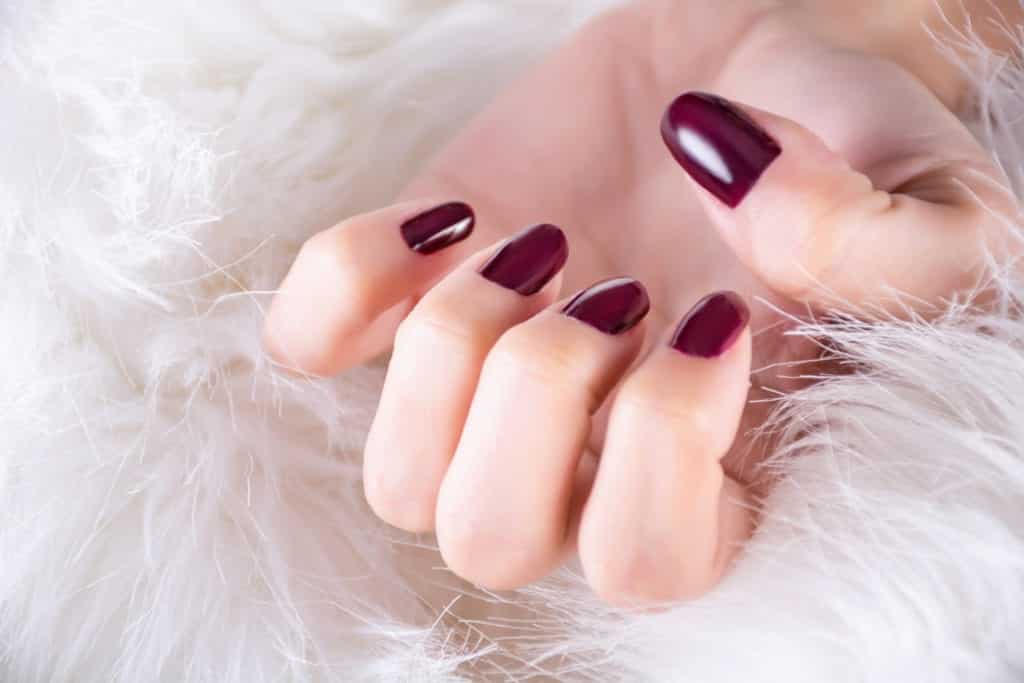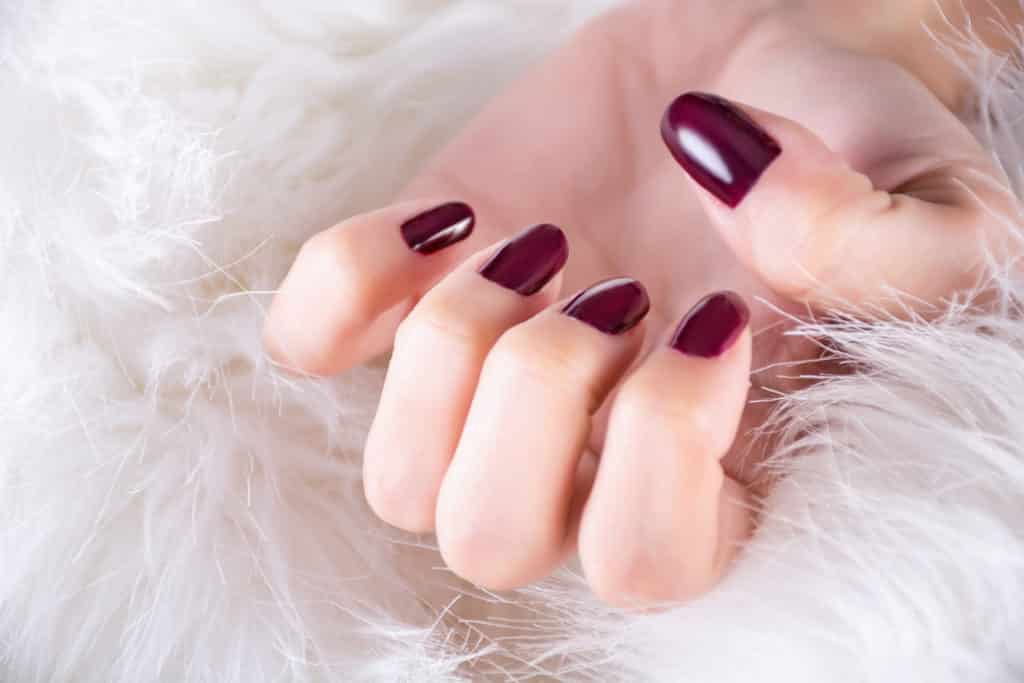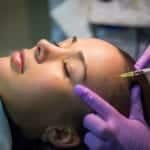

Once touted as a great alternative to acrylic nails, gel nails are just as damaging to the nail bed and surrounding skin. If you’ve been getting gel nails done for a while – or are thinking about trying it – read this first.
The once-ubiquitous acrylic nails were sported by many women, typically as a “French manicure” with thick white tips and a natural color polish. They looked anything but natural. Acrylic nails look thick and artificial, are costly to apply, difficult to remove, and cause significant injury to the nail plate and surrounding skin when they are worn for years and years.
Over the last few years, another type of long-lasting nail treatment has become extremely popular – gel nails (or shellac nails). These nail polishes have a shiny appearance and last for two (sometimes three) weeks without chipping. Sometimes stenciled designs are painted on the top of the gel (this is what you see posted all over Instagram every day).
If gel nails seem too good to be true, well, they actually are. Though they look great, last much longer than traditional manicures, and are not too expensive to apply, the removal of the gel is very traumatic to the nail plate. After months of having this treatment done, it’s not unusual for the nails to peel, crack, and become almost paper-thin.
Why gel nails are so damaging
The gel itself is formed when a polymer (polymethyl methacrylate or PMMA) is cured under either UV or LED light to form a hard coating. The polymer used on your nails is similar to what is used in dental implants and to make the window alternative, Plexiglass. That should give you an idea of how strong it is.
Three coats of polish are applied very thinly so the UV light can penetrate and harden each coat before the next one is applied. The final step is a swipe with alcohol over the nail surface to give it that nice shine.
The base coat forms a stronger bond with the actual nail plate than the bond between the nail and the nail bed itself. For this reason, it’s almost impossible to peel or pick the gel (shellac) polish off the nail.
In order to remove the gel, the fingertips must be soaked in acetone for at least 10 minutes to soften them. Then the manicurist uses a spatula-like metal scraper to tease the gel off the nail. If done forcefully, the act of scraping will shear off layer after layer of nail plate.
Eventually the nails are left so thin that they can bend on the slightest touch and separate from the nail bed, showing white areas beneath the nail. In addition, the acetone used to soak and soften the gel is extremely drying to the skin, which can result in cracking and fissuring of the fingertips.
Is it ever OK to have this type of manicure done?
If you are going on a long vacation and know that you will not have time to reapply nail polish (and it is really important that your nails look good), having gel nails done every so often is not a terrible thing. If you have a special occasion and want to “dress up” your hands, the same reasoning applies.
But I discourage anyone from doing these on a regular basis. My rule of thumb is: do not do gel manicures more frequently than every two weeks, and not for more than two months at a time. Give yourself a two month break before starting again.
When you’re getting a gel manicure, do not allow your nail technician to scrape forcefully. Soak your hands for an adequate amount of time to soften the gel, covering your hands with gloves to keep the acetone in. When you expose your hands to the UV light while hardening the polish, wear sun protective gloves (with just the fingertips exposed). Brown spots are often visible on the skin after several exposures to UV and LED lights.
And powder dip nails? This newer variation on gels doesn’t require exposure to UV light to cure. However, there is nothing sanitary about dipping your fingertips into a pot of colored powder into which other hands have dipped.
Remember that the wart virus, one of the most common ailments to afflict hands, is quite contagious. Getting rid of warts is difficult and can plague you for years.
Safety first when getting a manicure or pedicure
No matter what type of nail procedure you’re getting done in a salon, these rules always apply:
- Bring your own tools, including clippers, cuticle trimmers, and cuticle sticks.
- Make sure the salon sterilizes your tools in a sealed pouch.
- Never immerse your feet in a pedicure bath that doesn’t have a disposable plastic insert.
Remember: It’s not uncommon to suffer from nail fungus, warts, and paronychia (inflamed or infected cuticles) after manicures and pedicures. Save yourself the aggravation (and money) and follow the above guidelines.
Purchase your own set of tools and insist on using them. You might even start a trend in your nail salon!
Posted In: Tips & Tricks
Related Posts

April 20, 2023
Hair Loss Treatments That Work
Hair loss is one of the top reasons patients come to our practice. The good news: hair loss is treatable in both men and...

May 24, 2019
Read This Before Getting Gel Nails Done
Once touted as a great alternative to acrylic nails, gel nails are just as damaging to the nail bed and surrounding sk...


